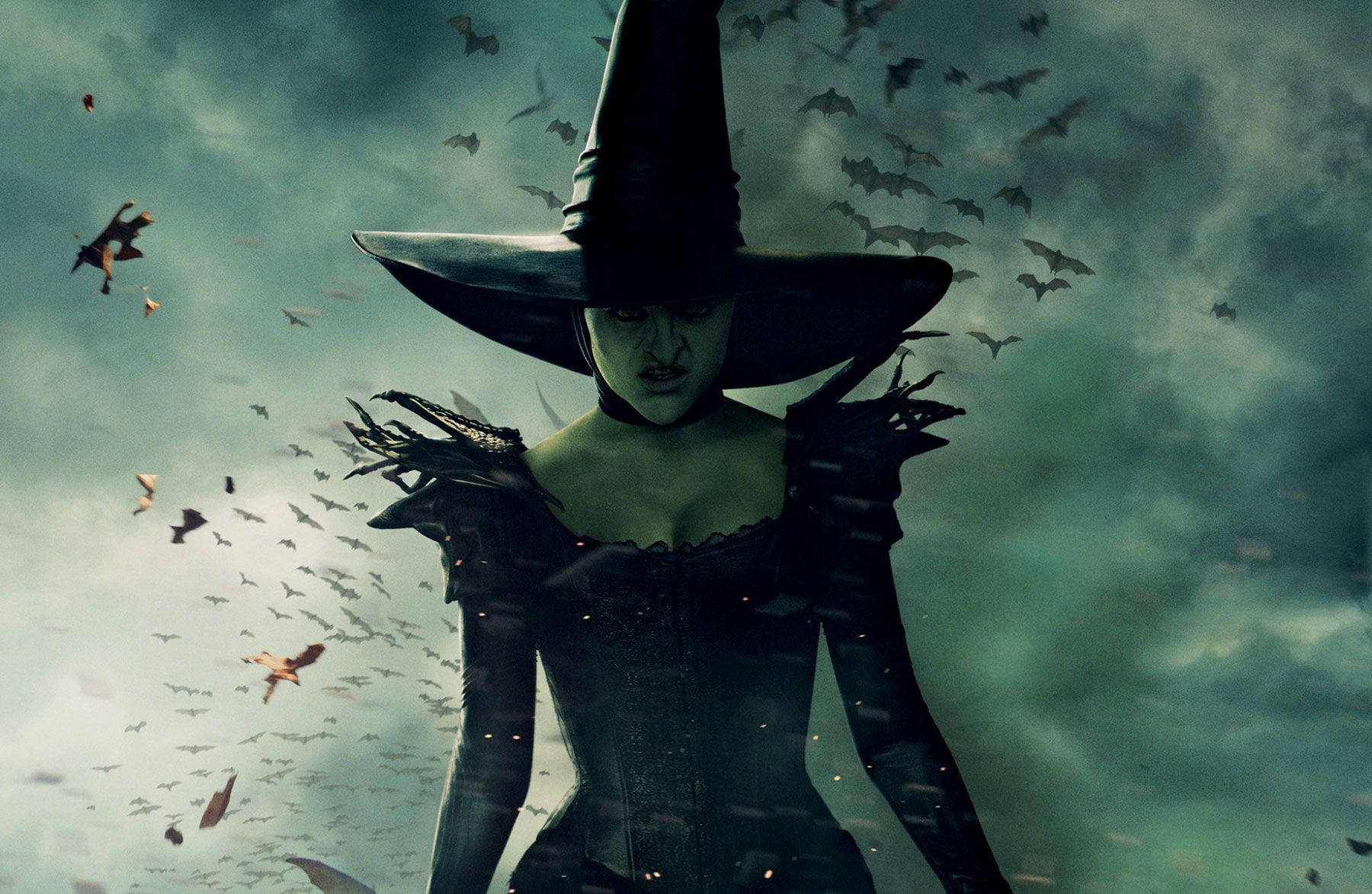
FAQ About Magic in the Middle Ages
Magic in the Middle Ages
2 years ago | gizem
How did the concept of magic influence medieval art and literature?
The concept of magic had a profound influence on medieval art and literature, shaping both the content and themes depicted in artistic works and the narratives presented in literary texts. Here are some ways in which the concept of magic influenced medieval art and literature:
- Depiction of Magical Beings and Creatures: Medieval art often featured representations of mythical creatures, magical beings, and supernatural entities. These included dragons, witches, fairies, demons, angels, and other fantastical creatures associated with magic and the supernatural.
- Illustrations of Magical Practices: Manuscripts, particularly those related to alchemy, astrology, and magical texts, often contained intricate illustrations of magical rituals, symbols, and astrological charts. These visual representations aimed to convey the mystical knowledge contained in the texts.
- Saints and Miracles: The lives of saints, as depicted in religious art, often included scenes of miraculous events, healings, and exorcisms, which were perceived as instances of divine intervention and a form of benevolent magic.
- Magic in Christian Iconography: In some cases, magic was depicted as a force in opposition to Christianity. Medieval art occasionally portrayed sorcerers and witches as adversaries of saints or religious figures, emphasizing the Christian struggle against malevolent forces.
- Illuminated Manuscripts: Many illuminated manuscripts included scenes related to magic, such as the depiction of mythical beasts or astrological symbols. These manuscripts were often lavishly illustrated and served as valuable sources of magical knowledge.
- Magic in Medieval Romances: Magical elements were prevalent in medieval romances and epics, where enchanted forests, spells, and magical objects were common plot devices. These elements added an air of mystery and wonder to the stories.
- Magical Objects and Artifacts: Artistic representations often included depictions of magical objects, such as enchanted swords, amulets, and talismans, which were believed to possess special powers.
- Divination and Astrology in Art: Scenes of divination and astrology were sometimes depicted in medieval art, reflecting the belief in the power of celestial influences and the practice of seeking knowledge of the future.
- Medieval Drama and Mystery Plays: Magical themes, such as the use of miracles, angels, and divine interventions, were common in medieval drama and mystery plays, which were performed as part of religious festivities.
- Folklore and Fairy Tales: Magical elements were pervasive in medieval folklore and fairy tales, passed down through oral traditions. These stories often featured witches, wizards, and magical objects, conveying moral lessons and cultural beliefs.
